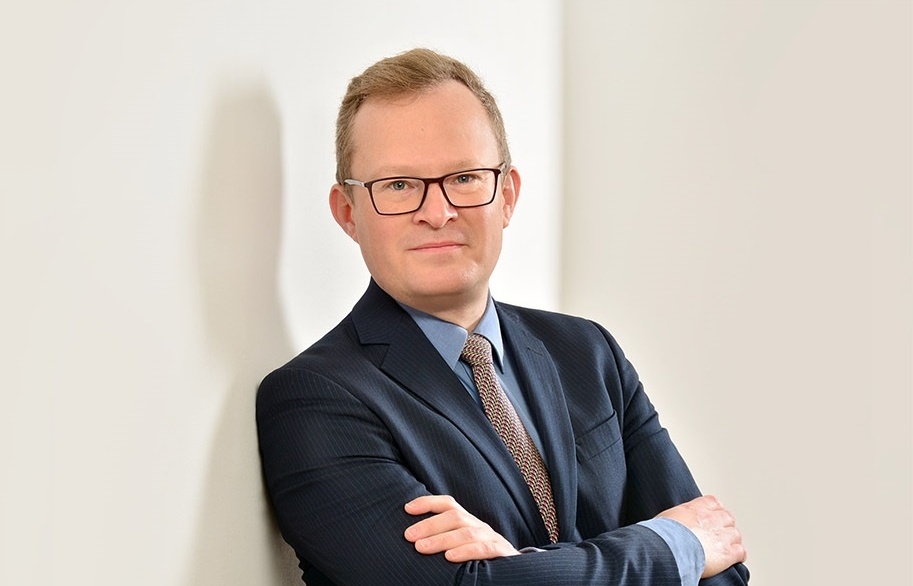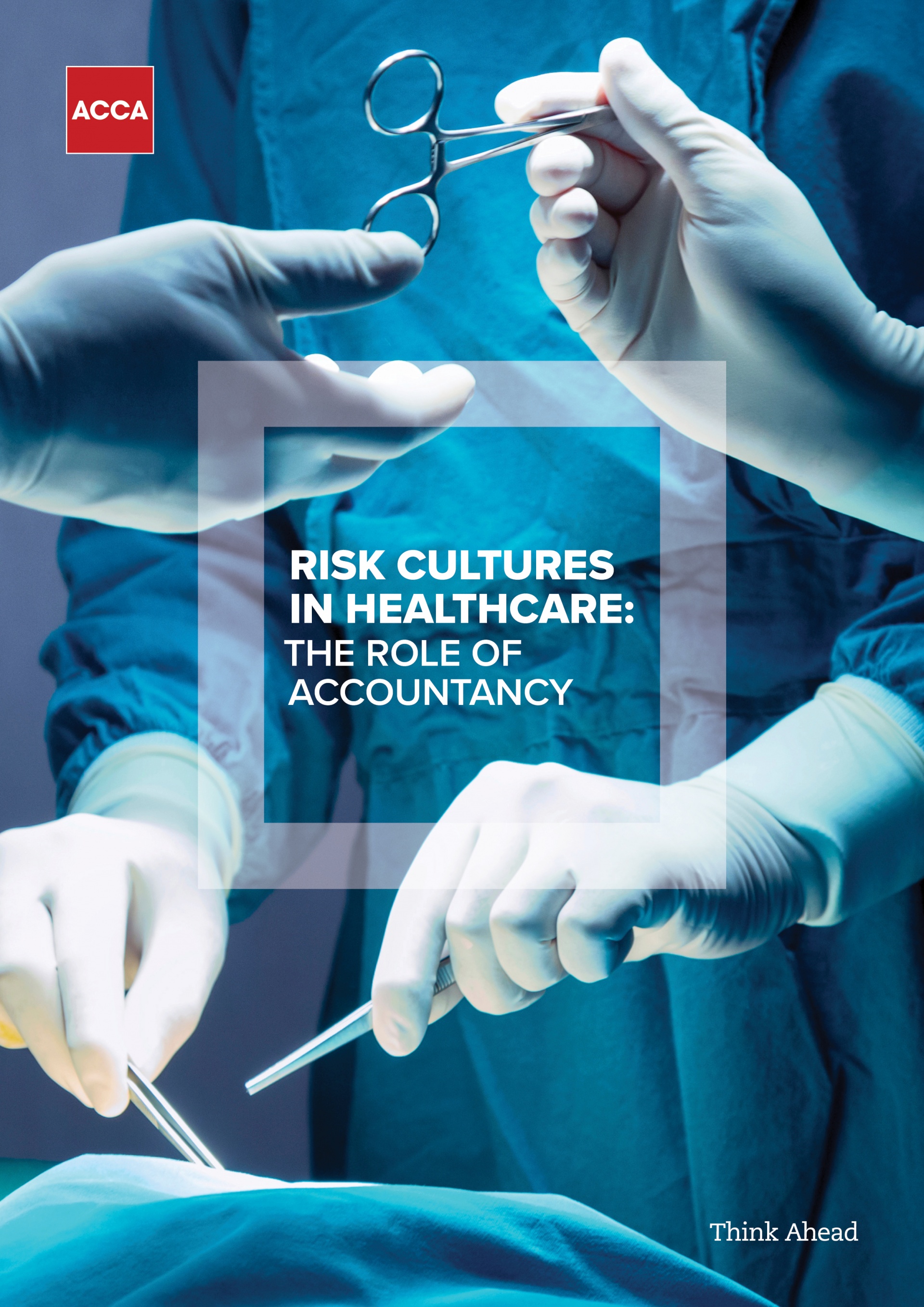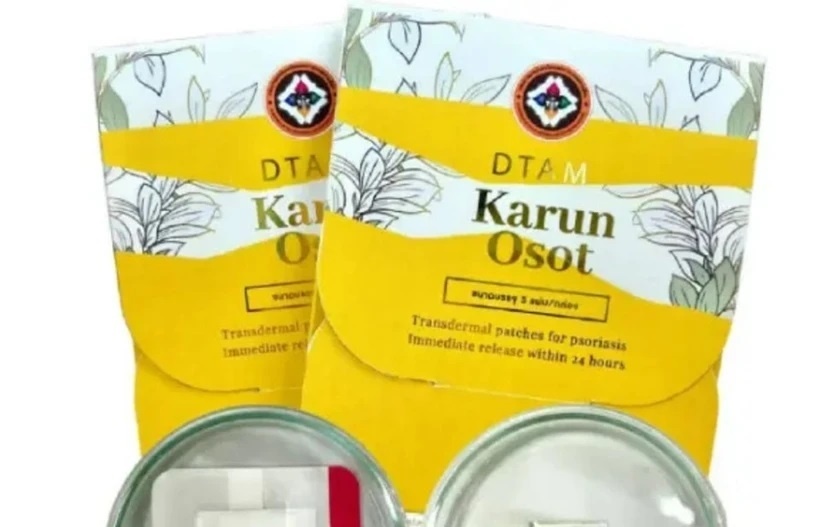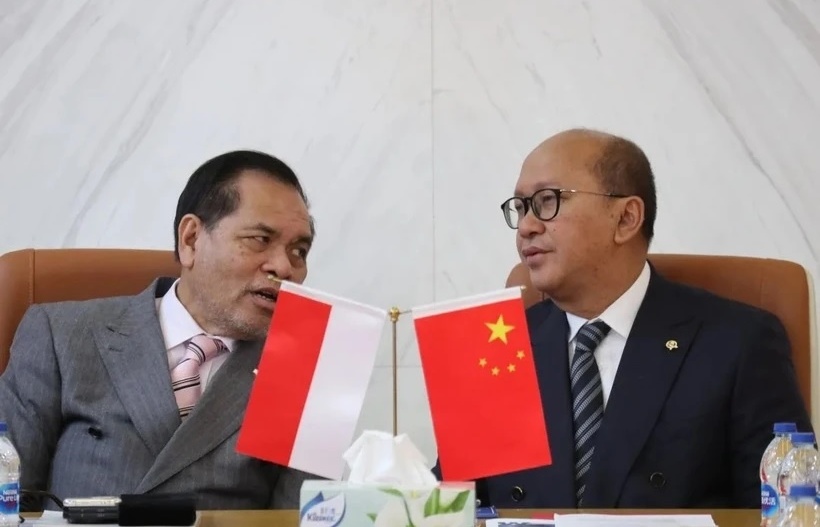Apply a balanced scorecard to your investment
Developing your own Balanced Investment Scorecard
The balanced scorecard (BSC) is used to attain objectives, measurements, initiatives and goals that result from these four primary functions of a business. With the balanced scorecard, top management looks at the company as a whole when viewing company objectives. An organisation may use the balanced scorecard to implement strategy mapping to see where value is added within an organisation.
Imagine your portfolio. For each investment object you have four updateable chapters:
1. Financial information: balance sheet & the usual KPI’s
2. Customer satisfaction: existing & new products; customer service excellence
3. State of the business processes: state-of-the-art operations
4. Organisational Development: talent retention
Having it encourages you to collect relevant and up-to-date information about your investment object. It helps you analyse your investment object to ensure a positive outcome. It also helps you keep track of your investment developments, as you can now compare the four areas of one investment object with your other investment objects, with clearly defined risks and reliable return on investments (ROI’s).
Getting the big picture
 |
We all know the stories about champion investors like Warren Buffet. He is said to read at least eight hours a day. If you wonder what he is reading, the four areas of the BSC will give you a clue. Companies are far more than their balance sheet. They are living organisms. Growth in financial value depends on a total performance. But it also depends on the ongoing interaction between company and market, the continuing growth of managers and staff, and getting new and keeping existing customers.
The masters of investment like Buffet are critical readers. They want to know details about the health of their investment objects and their future potential. They look at the whole picture, and never stop analysing what they observe, starting by examining the source: is it/he/she reliable? When that is settled, what information is relevant? What isn’t? After having selected relevant information, is there anything that raises questions? When comparing past and present data, do I see any patterns?
This is where “lessons learned” and experience come in. Successful investors diligently do their study of their investment objects and come up with wise and profitable decisions.
The number one BSC lesson
When you go to see your medical doctor for a thorough check-up, he’ll do a “Balanced Scorecard” job, which is more than measuring your blood pressure. He will advise you to do healthy things, and quit doing unhealthy things. When you invest in a company, you “pump energy” into it so it can generate a surplus of energy – profit. This process will only work when the company is healthy, does healthy things and avoids unhealthy things. Your Balanced Investment Scorecards are your patient files: they help you keep a close eye on your investment object’s health. Your response time sometimes needs to be fast. At other times, you need to be patient.
“How about Brexit?” Don’t act in panic. Collect your own information. Check your own sources. Do your own math. And as a good doctor: be patient with your patient. But act fast when all signs point to red alert.
Your strategic BSC business partner
 |
FE CREDIT is the leading player in the consumer finance market. The company has constantly improved its procedures and infrastructure to bring about better products and services to customers, yet ensured a stringent risk management framework and created powerful human resources in order to secure its sustainable growth.
This enables FE CREDIT to focus on prevention of bad debt and reducing risk. Across the emerging markets, FE CREDIT has proven to be among the best in risk reduction. Qualification criteria are constantly updated and developed. Learning about the customers’ developing buying needs and financial habits is simply a must. At FE CREDIT, benchmarking with the world’s best practices is a refined, fact-based balancing act to create profitable portfolios.
FE CREDIT offers two classic, yet completely rejuvenated fund mobilisation products: Certificate of Deposit (CD), and Term Deposit (TD). These two products come in many shapes and sizes, as close as possible to what customers are looking for. Both are intended to attract investors who like to invest a moderate amount. The minimum deposit is VND50,000,000 ($2,240). The tenor is flexible: from one up to 60 months.
Within the limits of the law, any organisation – Vietnamese or international - can purchase these products with a signed contract. The only exceptions are credit institutions, its subsidiaries, and branches of foreign banks.
According to the State Bank of Vietnam, finance companies raised up to VND23 trillion (about $1 billion) through deposit certificate issuances during the first half of 2016. This was 64 per cent higher than the amount they mobilised last year.
With CDs and TDs you simply can’t go wrong. These products have withstood the test of time. They are noted for sustained profitability, with a considerably minimised risk.
>> FE CREDIT praised as Best Consumer Finance Company Vietnam 2015
|
About FE CREDIT Over the past six years, FE CREDIT has served nearly three million Vietnamese customers across Vietnam who is often neglected by banks, in providing the advanced products, from personal loans, two-wheeler loans and consumer durables loans to credit cards. FE CREDIT was awarded by the Global Brands Magazine (United Kingdom) the title of “Best Consumer Finance Brand, Vietnam 2016” and awarded by the Global Banking & Finance Review (United Kingdom) the title of “Best Consumer Finance Company Vietnam 2016”. Seize the sound win-win growth opportunities with FE CREDIT. Visit our website at: fecredit.com.vn or call (08) 39 115 212 or email: treasury@fecredit.com.vn for further enquiries. |
What the stars mean:
★ Poor ★ ★ Promising ★★★ Good ★★★★ Very good ★★★★★ Exceptional
Latest News
More News
- F88 partners with MB to transform over 850 financial stores into bank offices (December 17, 2024 | 18:04)
- Obstacles to stock-market upgrade to be removed (December 17, 2024 | 11:29)
- Vietnam seizes opportunities amid global trade shifts (December 16, 2024 | 18:00)
- Long-term perspective remains optimal approach (December 16, 2024 | 14:26)
- Fiscal measures to be based on upcoming US status (December 16, 2024 | 10:09)
- PetroVietnam accelerates divestment from PVI (December 16, 2024 | 06:59)
- Techcombank proactive with ESG and sustainability (December 14, 2024 | 10:00)
- VAT cut set to continue on through to summer (December 14, 2024 | 09:00)
- BIWASE Long An issues Vietnam's first AAA-rated bonds worth $27.6 million (December 13, 2024 | 20:22)
- Citi hosts Vietnam Day for Hong Kong clients (December 13, 2024 | 14:21)



















 Mobile Version
Mobile Version